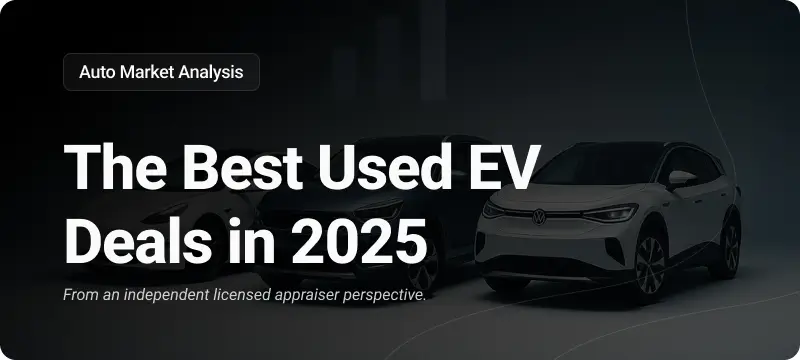“Commuting to work shouldn’t come with a cancer risk, and children shouldn’t breathe in chemicals that can harm their brains on their way to school,” declares Dr. Lydia Jahl, a senior scientist at the Green Science Policy Institute. As she speaks, the weight of her words sinks in. Jahl isn’t merely discussing theoretical risks; she’s spotlighting a critical issue hidden within the very fabric of our daily vehicles.
As the co-author of a pivotal study published in Environmental Science & Technology, her research illuminates a troubling link between the common flame retardant chemicals used in car interiors and significant health risks, including cancer.
Since 1971, the Federal Motor Vehicle Safety Standard (FMVSS) 302 has mandated the inclusion of flame retardants in car seat foam to mitigate fire risks. Decades later, these chemicals are now under scrutiny.
Studies, including Dr. Jahl’s recent work, have consistently found that compounds such as tris(1-chloro-isopropyl) phosphate (TCIPP) are not only prevalent in nearly all modern vehicles but also pose a potential cancer threat. The U.S. National Toxicology Program labels TCIPP as a possible carcinogen, backed by disturbing findings of cancer in laboratory mice.

What Car Manufacturers Aren’t Telling You About Cancer Risks (PDF)
The Invisible Hazard
In their groundbreaking research, Dr. Jahl’s team analyzed cars assembled post-2015, examining the presence of flame-retardant chemicals in the cabin air across different seasons. They discovered that elements like tris (1,3-dichloro-2-propyl) phosphate (TDCIPP) and tris (2-chloroethyl) phosphate (TCEP) were emanating not just from the foam in the seats but also from other parts like headrests and ceiling fabric. Alarmingly, the release of these toxic compounds increases with temperature, presenting a higher risk during warmer periods.
Practical Steps for Minimizing Risk in Your Car
Dr. Jahl’s research provides actionable strategies for car owners to lower their risk of exposure to these harmful chemicals. She recommends increasing airflow by keeping windows open and minimizing the use of air recirculation settings, which can help dilute the concentration of toxic agents.
Additionally, she suggests maintaining a clean interior to prevent the build-up of hazardous dust particles and opting for shaded parking to keep the car’s interior cooler, thereby reducing the evaporation of dangerous compounds. While these methods can mitigate immediate risks, they do not address the underlying issue of chemical use in car manufacturing.
Rethinking Regulations and Responsibilities
The crux of the issue lies with the outdated FMVSS 302 standard and the automotive industry’s compliance-focused approach. Dr. Jahl advocates for a significant shift towards safer materials that do not require flame retardants.
“Auto manufacturers should explore changing material designs to meet safety standards without these chemicals,” she suggests, pointing to alternatives like tightly woven textiles that can offer protection without the added health risks.
Despite the pressing need for change, regulatory bodies move slowly. Meetings with the National Highway Traffic Safety Administration (NHTSA) have yielded assurances but no concrete action. The industry remains in regulatory limbo, reminiscent of the issues plaguing Tesla’s driver assistance systems—high stakes, high risks, but inadequate resolution.
What Now for Car Owners?
Until significant changes are made, car owners are left navigating these risks with only partial solutions. Consumer advocacy groups, like Consumer Reports, have begun mobilizing public support for policy changes. Such efforts aim to pressure the NHTSA to reconsider the necessity and safety of flame retardants in vehicles. As the debate continues, the question remains:
Are the short moments flame retardants buy in a fire worth the long-term health risks they pose?
What do you think? How do you balance safety standards with chemical exposure risks in your daily commute?




